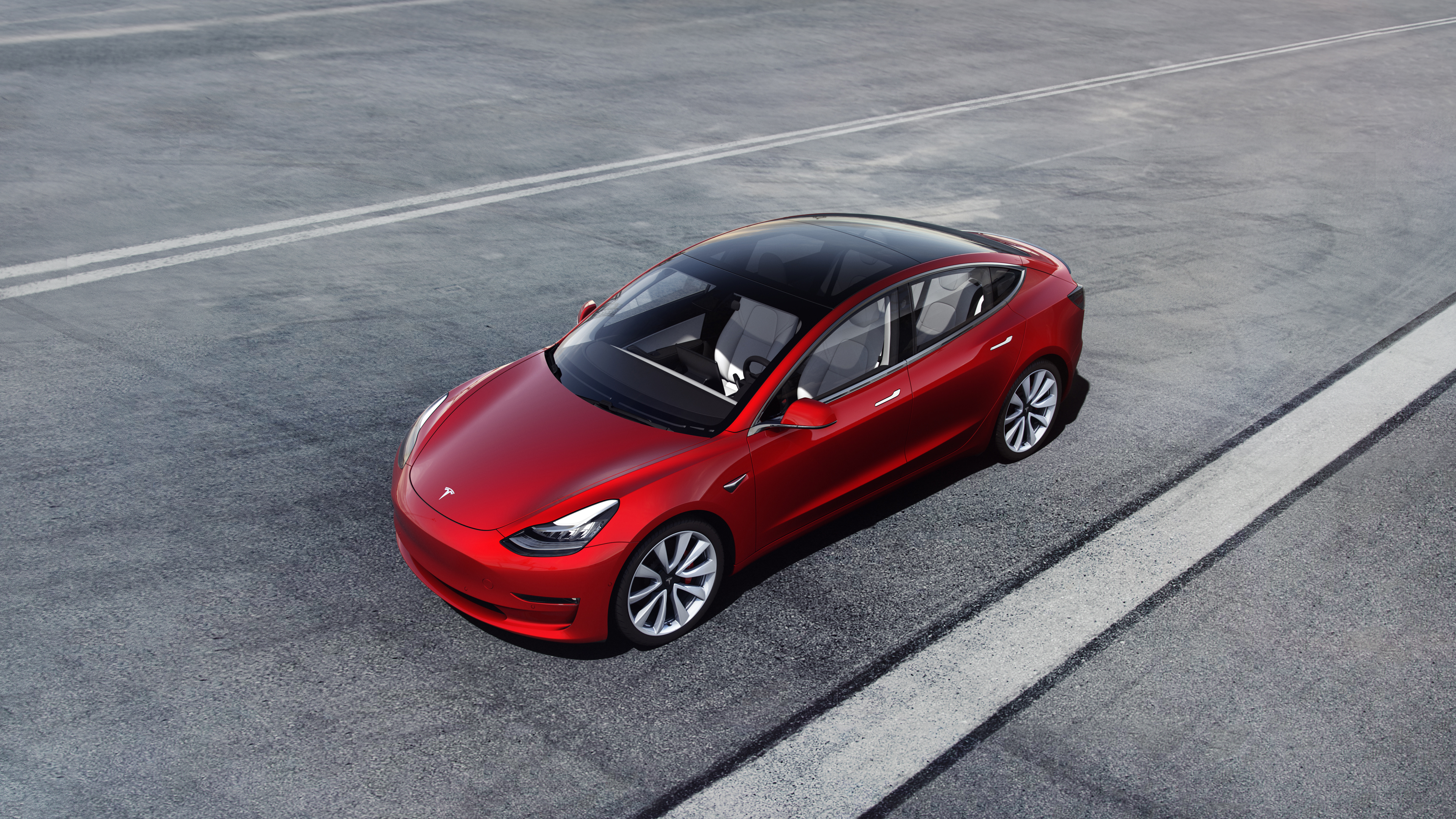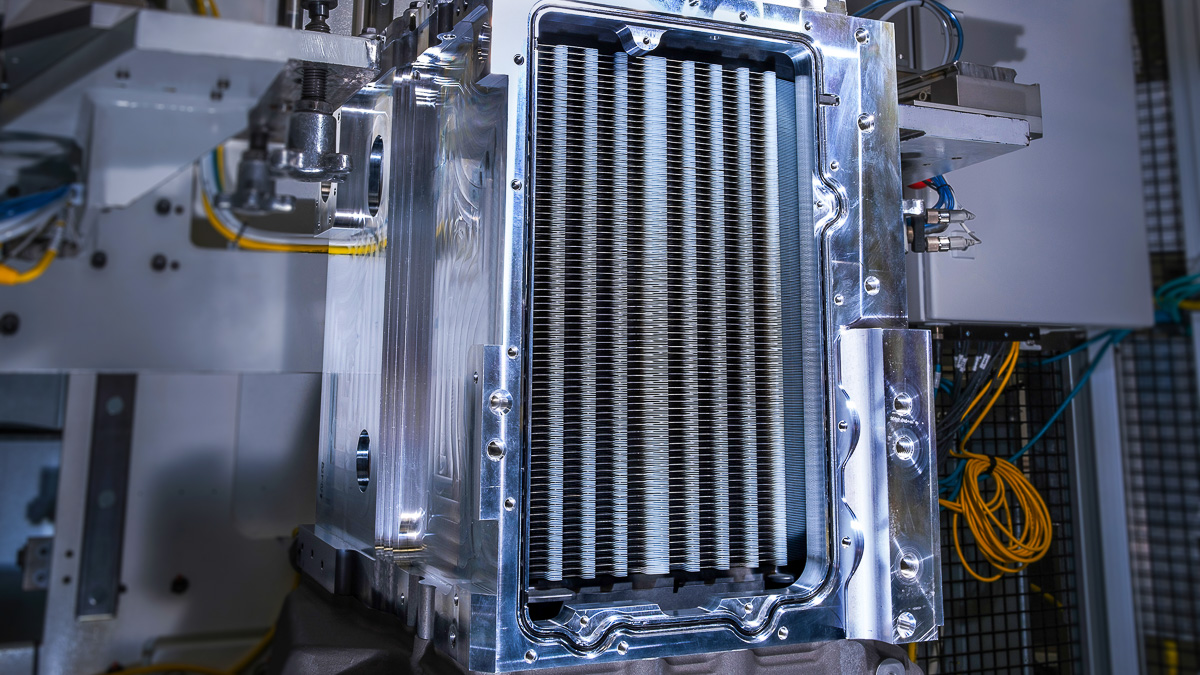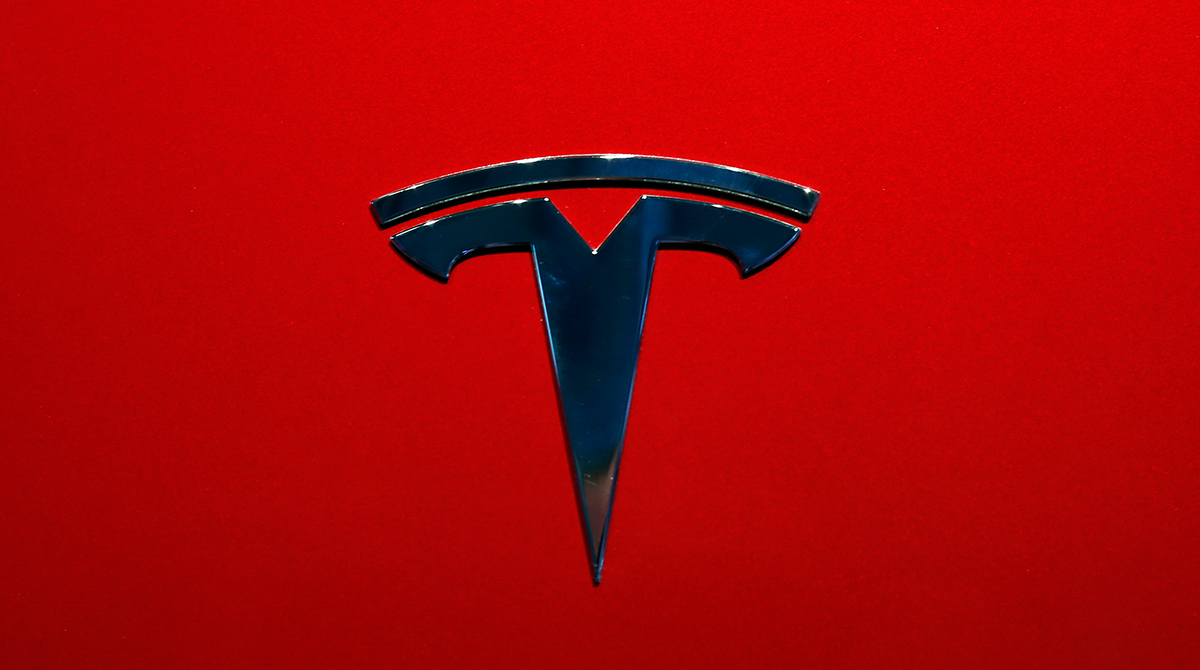Six months ago, Tesla asked Model 3 customers to wait three to five months for delivery after configuring their car.
Tesla kept shrinking delivery timelines as 2018 progressed, and the company now says it can deliver the car in less than two weeks.

It’s already the 19th of December, but Tesla is still accepting orders for delivery in 2018. Tesla CEO Elon Musk has promised a full refund if Tesla fails to deliver the car in time to help avail the full $7,500 tax credit that expires on 31st December.
Waiting time reduced from five months to less than two weeks in six months.
Between April and June Tesla manufactured 28,578 Model 3s – just 6% of the 450,000 customer waitlist the company had by the end of March.
Media reports say that Tesla held back sales in the second quarter of 2018 (April to June) to avoid triggering federal tax credit phase-out by crossing 200,000 unit sales.
If the reports were
By pushing federal tax credit expiry trigger into the third quarter, Tesla gave itself time till the end of 2018 to deliver electric vehicles with a $7,500 discount tag attached to them.
It was in that six months Tesla took Model 3 production to a whole new level. From 28,578 units in Q2 to 53,239 units in Q3 to a possible +55K units in Q4.
Tesla tripled its production in the second half the year when the average selling price of Model 3 was well over $50,000, far away from the most anticipated $35,000 price tag.
How to secure your margins? Sell as many high priced cars as you possibly can by making full use of the subsidy available. M
As the company was forced to pit Model S and Model X in a higher segment in China due to tariffs, here in the United States the company reversed it; sold Model 3 in segment lower than where it should have been, a $7,500 cushion to be exact.
$7,500 is a
So huge that it will allow you to buy a base 5 series instead of settling down with a 3 series Gran Turismo. The difference between the cheapest Model 3 and the one above is just $7,000.
Though we don’t know how many of those 450,000 reservation holders were in North America, some estimates say that half of Model 3 reservations were from North America.
Since the time first model 3 rolled out in July 2017, the company has delivered 84,230 Model 3s.( till September 2018)
If Tesla manages to deliver more than 55k units in the fourth quarter, Tesla would have extended the full federal tax credit to nearly 140,000 Model 3 customers in the United States, save for some Canadian customers in that delivery group.
Can it be a coincidence that 71% of those deliveries were made since July 2018, after tesla triggered its federal tax credit expiry?
Tesla’s master maneuvering has helped the company sell cars at a cheaper price; increasing its demand and reducing the impact on its bottom-line.
This has also allowed the company to scale up production, which in turn must have helped the company reduce manufacturing costs.
Tesla must have already exhausted order backlog of Model 3 customers above $46,000 price range, otherwise, the company would not be in a position to promise deliveries in less than two weeks.
Now that the backlog for Model 3s with high average selling price is exhausted in the United States, the company has decided its time to start European deliveries, followed by deliveries to China.
“There is no such thing as coincidence in this world. “

I believe that and it rings truer when you are competing in a highly competitive, capital-intensive industry. There is no free lunch, isn’t it?



